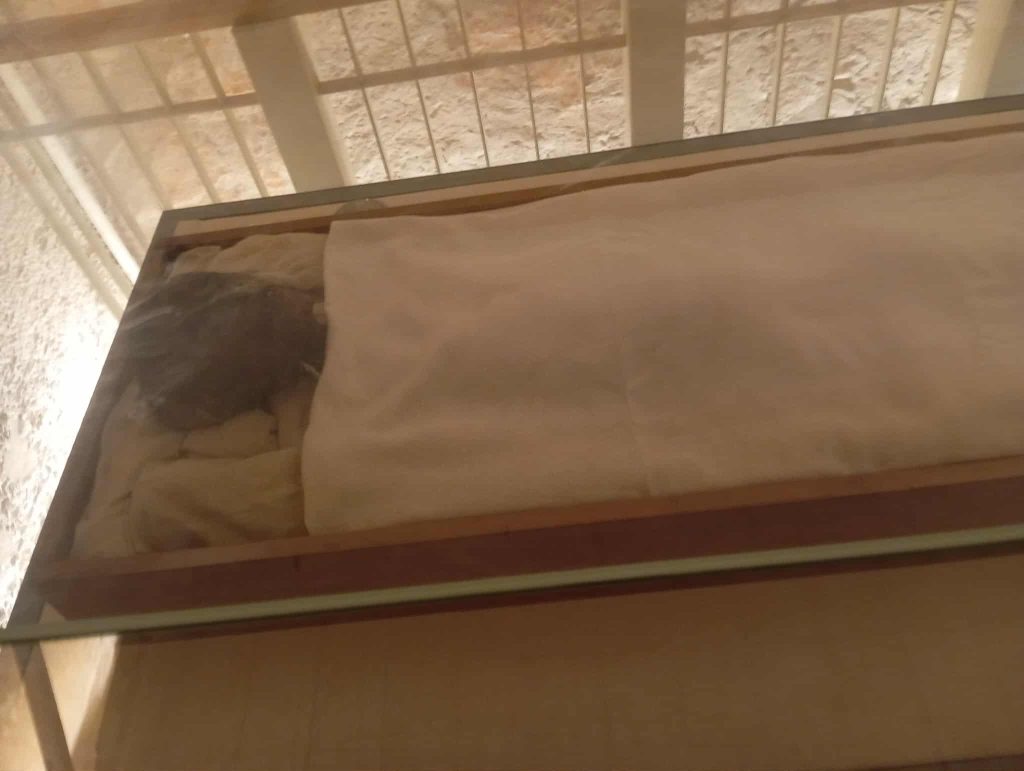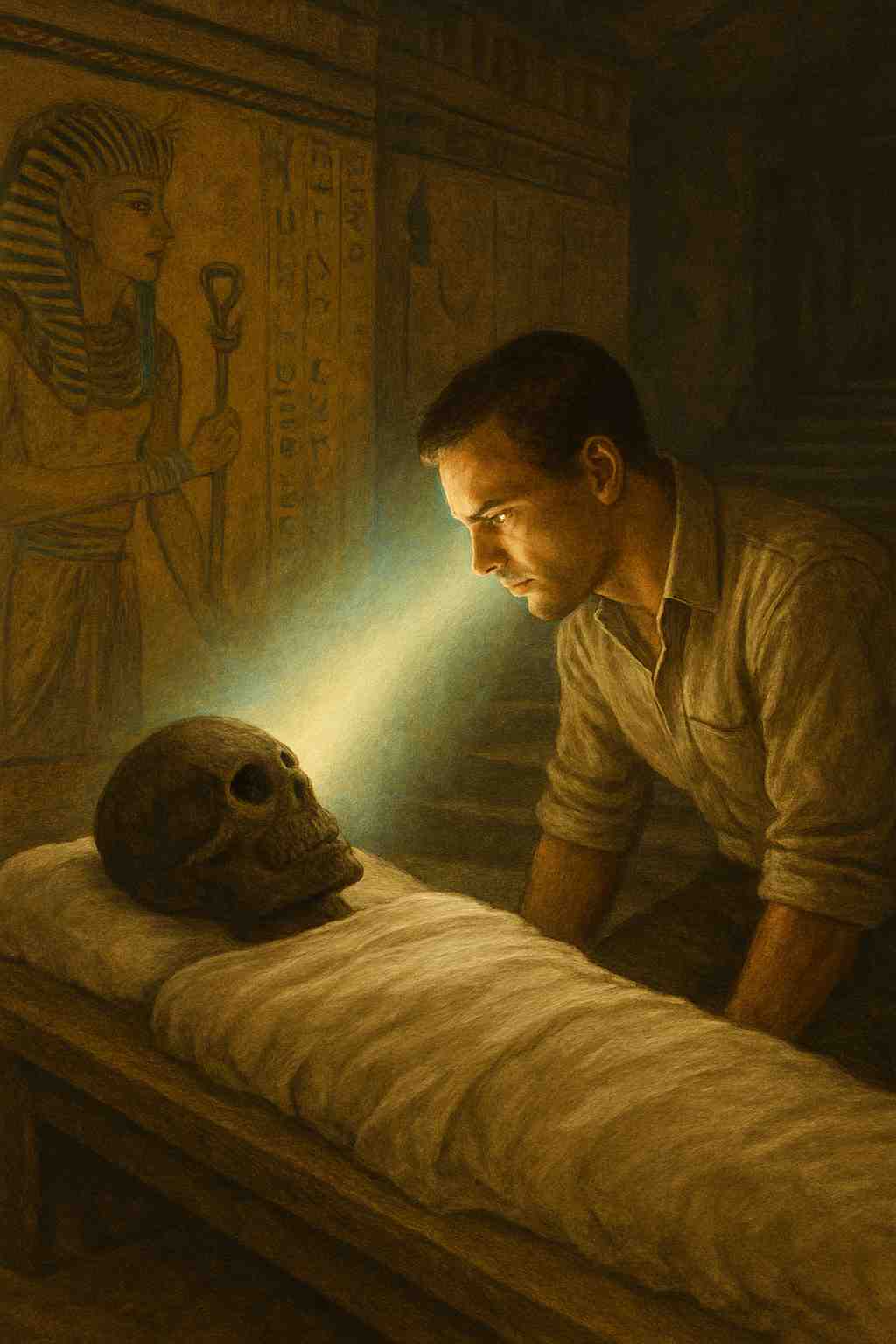They come for the gold, for the legend, for the tick on a bucket list. A steady stream of shuffling feet and hushed whispers, each visitor’s time in the king’s presence rationed out in seconds.
But there is another Tutankhamun’s tomb. One that only reveals itself when the crowds melt away, when the Valley holds its breath.
About 12 years ago, in one of those rare, quiet windows, I went to the Valley of the Kings with a couple of Mara House guests. While they went to visit their three tombs with my guide, something tugged at me. I couldn’t ignore it… an impulse that told me go sit with Tutankhamun.
I returned to the ticket office and bought my ticket. The Valley was hushed outside as I entered the tomb, and for the first time ever, I was utterly alone with the young king. This was not luck. This was a ‘window’—one of those precious, fleeting times when the world is scared away by headlines, leaving the treasures of eternity for those of us still willing to walk the path. In the silence they leave behind, the real stories begin
Alone with Tutankhamun.
The silence pressed in, thick and heavy, unlike anything I had ever felt with others present. I have said elsewhere that it is one thing to visit certain places in Egypt, with a crowd, but entering them alone is another matter entirely. The air shifts. Your perception sharpens. I gazed on the features of the boy king for a while, then I sat down and memories of another time I had sat down alone in a sacred space – it was Abu Simbel and I fell asleep! But not with King Tut – I found myself whispering apologies in my head—for my intrusion, for all of our intrusions. We had disturbed what was meant to be eternal. What is time to them? Do our footsteps echo in some other realm?
Then, I heard footsteps behind me on the steps, I turned my head to see a rather elderly man entering the tomb. We nodded awkwardly, two strangers in a sacred space. I wished him gone—my solitude fractured.
But then, after a few minutes, he spoke.
“Would you like to hear my story?”
He had a story to tell and until now had not because of his job. But, finding me alone in the tomb that day, he felt I was someone to share the experience with.
He told me he had been one of the men present on the day they moved King Tut’s mummy from his sarcophagus into its new, specially designed glass case to preserve it, back in 2007. When the job was done, he had left the tomb with everyone else, but, he said, something compelled him to return, just once more, alone. To check. To say farewell.
And what he found stopped his heart.
The mummy wasn’t in the case. It was lying on its bier, on the floor, as if waiting. The tomb was utterly silent. Then something unseen seized him, pulled him down. He found himself kneeling—eye to empty eye with the king’s. He couldn’t move, couldn’t pull away.
And then—it happened.
The exchange. An energy. A language beyond words. Something passed between them that he has never been able to describe, not then, not now. The next thing he knew, he was toppling backward, free. He regained his balance and opened his eyes. The mummy was back in its case, sealed and perfect, as though nothing had happened at all. The stranger said that even to that day he did not know what transpired between the mummy and himself, he did not remember words, a thought, or an image—nothing, just that he felt an exchange and it was an experience he would never forget – he was no longer frightened by it, nothing bad had happened to him as a result of the encounter, so he was ok with it.

He had come to the Valley that day because he was leaving Egypt and did not believe he would be returning. He wanted to say goodbye.
And with that, he left me—alone once more in the ringing silence.
This is why we come during the windows—to discover what Egypt holds for us when its treasures are less accessible, when the crowds are gone, and the sacred spaces are free from the myriad of energies that normally fill them. Just as the absence of cruise boats on the river in 2020 restored the crystal-clear waters of the Nile, so too does the absence of people allow these sacred places to replenish their own vibrations.
It is not about standing alone in a tomb for a photograph. It is about creating the conditions for the impossible—the stories that find you when you are still enough to listen, in the places where the veil between worlds grows thin.
The treasures of Egypt are not all locked behind glass. The greatest ones are moments—unscripted, unexplainable, and utterly transformative. They wait for the few intrepid souls who understand that the right time to go is when everyone else stays home.

